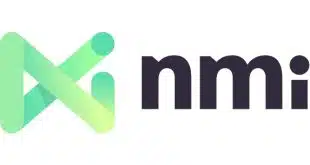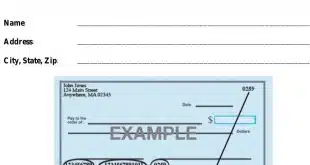Electronic transactions using unique numerical identifiers to mask account and routing data are rising fast, and now the company behind the technology expects it will be commercially available for consumer payments in about a year. The Clearing House Payments Co. LLC says corporate users made 80,459 transactions in 2006 using its 5-year-old Universal Payment Identification Code, up from 9,696 in 2005. UPIC payments totaled $4.7 billion, up from $571 million. Some 251 organizations across 32 industries are now using the technology, which allows trading partners to initiate credits through the automated clearing house network without revealing their account numbers or routing and transit information. In this fashion, the UPIC functions much like an e-mail address in payment systems such as that of PayPal Inc., which links necessary banking data to an accountholder's identifying e-mail address but does not disclose that data to transaction partners. Though The Clearing House started with corporate payments, it is now talking to banks about issuing UPICs for consumers to use in making money transfers and recurring online bill payments. “It's going to be an education process, so it's going to take a while,” says Rossana Salaris, a senior vice president at The Clearing House and head of the company's Electronic Payments Network, the only national private-sector ACH operator. She says consumers will have to be filled in on how UPICs work and how they protect sensitive information increasingly targeted by fraudsters. But retail bankers, too, will have some learning to do, she says. “You have to get the financial industry to understand what the benefits are,” she says. Among these benefits, she says, is the ability to compete more effectively with non-bank players like PayPal in the business of processing, and protecting, electronic payments. Non-bank processors “are making money,” she says. “Consumers are sophisticated enough to do this. I'd hate to see the banking industry playing catch-up.” Some 15 banks issue UPICs now, including major insititutions like JPMorgan Chase & Co., Citigroup Inc., and HSBC Bank USA. These banks created 159 new UPICs last year, more than doubling the total number outstanding. But some banks are more enamored of the technology than others, Salaris says. “If we [The Clearing House] were issuing UPICs, there'd be a lot more out there,” she says. “Unfortunately, banks are slow to adopt.” Banks pay The Clearing House what Salaris says is a “nominal” one-time registration fee each time they issue a UPIC, and then pay a further “nominal” maintenance fee every month for each one issued. The banks may in turn charge the clients to which they issue the numbers, but Salaris says she has no information on this pricing. UPICs, each of which can be up to 15 digits, are stored by The Clearing House in its own secure database, which as currently configured can hold up to 100 million of the identifiers. They can be used only for ACH credits, meaning transactions intended by a payor to pay another party. A party wishing to get paid may print its UPIC on is invoices or post it on its Web site, inviting trading partners to “pay to its UPIC,” Salaris says. No systems work is required at the trading entities to accommodate the numbers. For now, Salaris says the most probable consumer uses will lie in online bill payments, person-to-person payments, and transfers between accounts. NACHA-The Electronic Payments Organization, the rules-setting body for the ACH, is preparing to pilot an online payment system, called Secure Vault Payments, that will allow consumers to pay Internet merchants. But Salaris discounts such spontaneous payments on the Web as a UPIC market, pointing to the lack of consumer protections in the ACH compared with credit and debit cards. “Spontaneous transactions belong on the credit card networks,” she says.
Check Also
Nacha’s Top 50 Originators And Receivers Account for 94% of Payments Volume
The big automated clearing house network Nacha says the volume of ACH payments made at …




